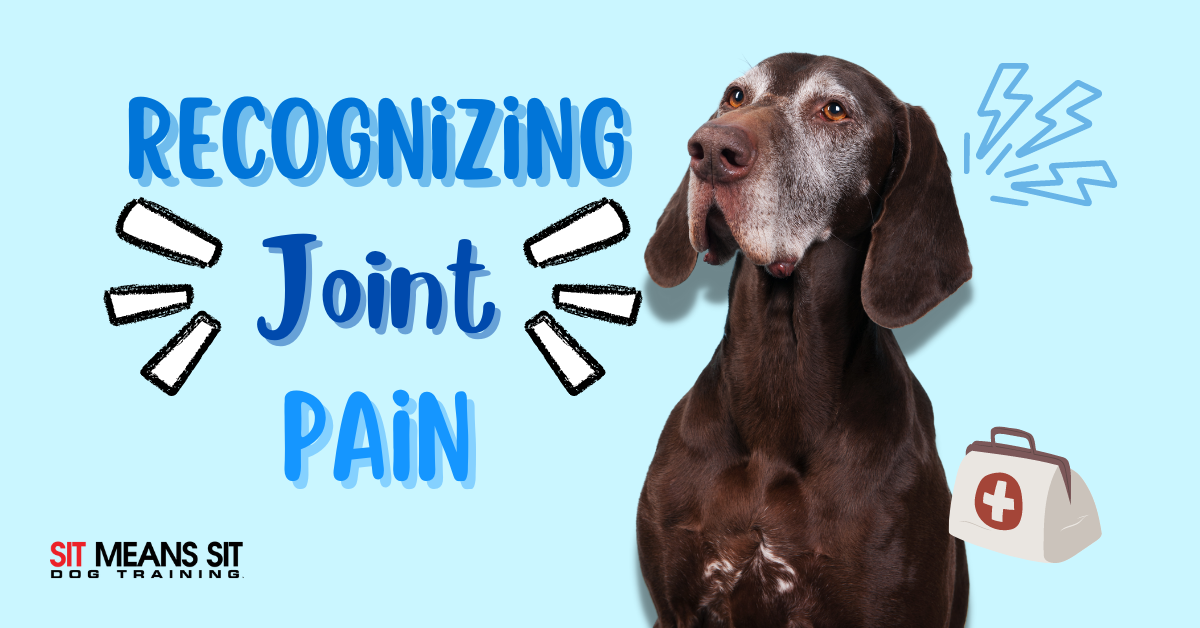
Recognizing Joint Pain in Your Dog
Our canine companions deserve nothing but happiness and health, but sometimes they suffer in silence without us even knowing. Being able to recognize your dog’s discomfort is the first step in figuring out how to alleviate it. Joint pain in dogs can be extremely distressing, but here are some ways you can help your pooch in their time of need.
Treating Joint Pain Early On
Intervening early-onset pain can help prevent further damage from developing, with the right care of course. Managing your pup’s pain is crucial for avoiding lasting damage and improving their quality of life! If you treat your dog’s paint early on, it can:
- Prevent severe illnesses from prospering
- Reduce discomfort
- Slow the pain progression
- Reduce visits to the vet and emotional distress
- Get a timely diagnosis for treatment
Realizing the Communication Barrier
It’s obvious you can’t directly ask your dog if they’re okay and get a verbal response. But, there are signs of communication your dog may show to tell you that they are in pain. Whether your pooch’s joint pain is concentrated on one area or all-around their body, the symptom signs are very similar. A limp, whine, and shaking usually indicate that your dog is in pain, but sometimes these signs are not indicative of joint pain. General pain symptoms are usually:
- Panting
- Restlessness
- Hunching or cowering
- “Crying” or howling
- Lack of appetite
Joint pain symptoms generally cause issues with mobility or stiffness, which can be an indicator your dog is dealing with joint issues:
- Stiff when trying to stand or lying down
- Reluctance to walk around, jump, or down/upstairs
- Weak use or no use of limbs
It’s also important to note that your dog’s joint pain symptoms might coincide with general pain symptoms!
What Dogs Are At Risk
You may hear the words joint pain and think only senior dogs have it. While senior pups are a lot more prone to developing joint problems, they’re not the only dogs that can have it. Risk is certainly the biggest factor of joint pain issues, but medium to larger dogs develop joint pains faster and at a younger age than smaller pooches.
Larger breeds also tend to be more affected by joint conditions like hip dysplasia. But, no matter the dog’s size, our furry friends can have joint issues caused by overeating, excessive weight, rapid weight gain, and lack of exercise.
Giving Your Dog A Quality Life
Preserving your dog’s quality of life when they have chronic pains is crucial to many owners and vets. Because some dogs’ pain isn’t detected until years after erosion starts, it’s important to take attentive action and care immediately. Pay close attention to your dog’s signs and get a veterinary consultation if you suspect your dog has developed joint pain problems. If your dog is not in the risk category, you may want to consider talking to your vet about starting joint supplements!
